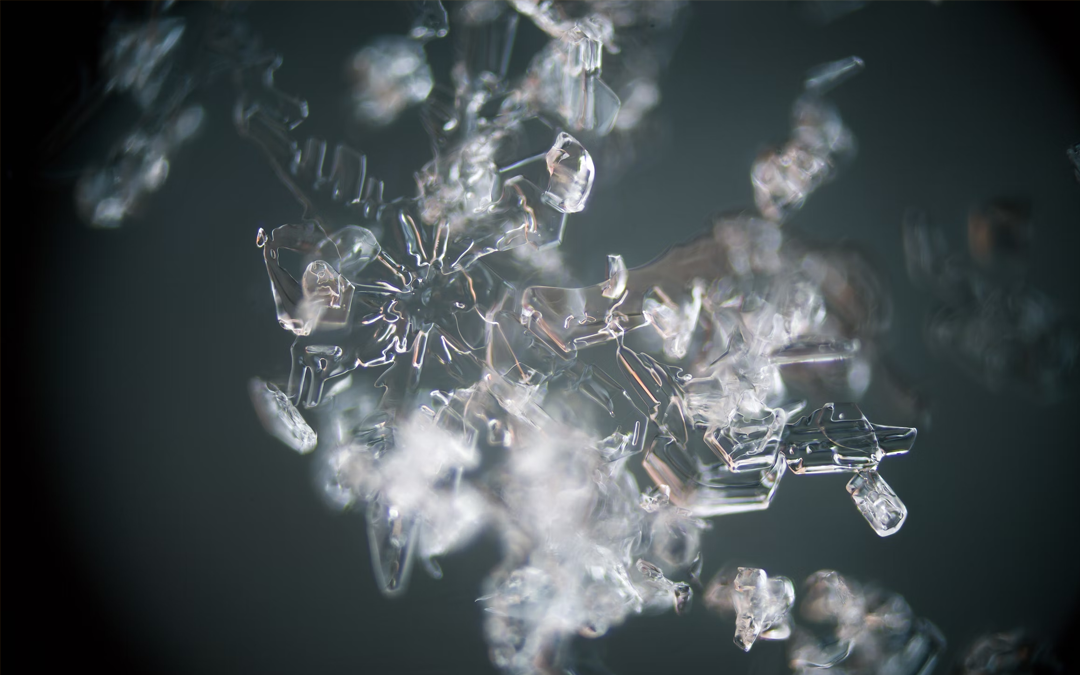Diamonds have long been a popular choice for jewelry of all types. The stunning sparkles and dimension add a special feature to any necklace or ring. Natural or mined diamonds were the only ones for much of history. However, in recent decades, there has been a push to introduce synthetic diamonds into the market. Here is a brief history of lab-grown diamonds.
What Are Synthetic Diamonds?
Before we get into lab-grown diamond’s history, it’s essential to know what they are. Manufactured diamonds are stones that are cultivated and developed in a lab rather than in natural surroundings. These stones are chemically, physically, and visually identical to natural diamonds. Lab-made diamonds offer the same beautiful features as mined stones but without higher prices and questionable ethics.
Invention Of Lab Grown Diamonds
Natural diamonds are created over 100 miles beneath the surface of the Earth. Heat and high pressure have been applied to carbon deposits over millions of years to create beautiful structures valued worldwide. In the late 1700s, scientists discovered that diamonds are made up of carbon, which jumpstarted a movement toward developing the stones in a lab. A group of GE scientists are credited with developing the first lab-grown diamonds in the 1950s using High-Pressure High Temperature (HPHT) techniques.
How The Quality Changed Over Time
Part of the history of lab-grown diamonds involves the change in quality. The process used to produce synthetic diamonds affected the initial quality and features. When the labs first developed the diamonds, they were smaller and more industrial-sized. The method also made the stones have a yellow tint rather than the clear color natural diamonds were known for. Once scientists developed other techniques, the synthetic stones were grown in larger gem sizes, making them a direct competitor to mined alternatives.
History Of Lab-Grown Diamonds: Modern Process
To mimic the way naturally mined diamonds are created, scientists used a process called High-Pressure High Temperature (HPHT). HPHT works by putting a slither of a diamond into an environment with high heat and pressure. Now, most labs develop diamonds using Chemical Vapor Deposit (CVD). This involves putting the seed into a carbon gas chamber, giving scientists more control over the results.
Influence And Popularity
In recent years, the demand for man-made diamonds has increased. A few of the reasons include the lower retail price – synthetic stones can often cost around 30% less than mined options. Natural diamonds carry some ethical concerns with their origins, including a negative environmental impact.
Are Man-Made Diamonds Real?
There is no difference between synthetic vs. natural diamond’s visual and chemical structures. Both have the same stunning vibrancy and looks, so they will look beautiful in any piece of jewelry. In addition, the lower price of these real diamonds is attractive to many people, especially given their lack of environmental and ethical concerns.
Stephen Allen Jewelry has a vast collection of lab-grown diamonds to choose from. Shop diamonds and more at our location in East Longmeadow to find the perfect jewelry piece for you or a loved one.

